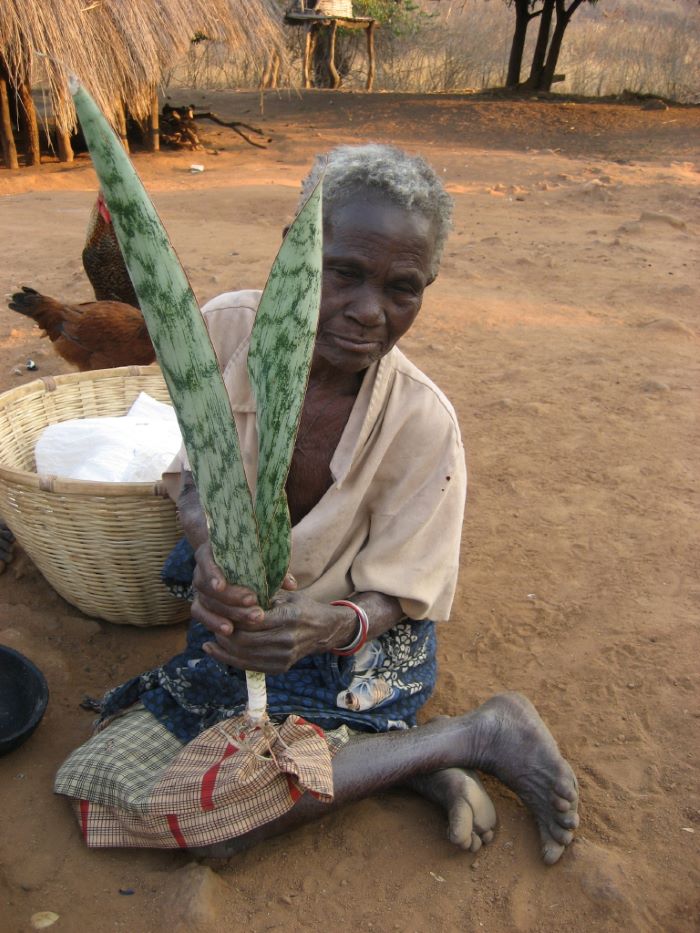Ethno-veterinary Medicine (EVM) stands for the belief, knowledge, practices and skills relating to animal healthcare and management, and is as ancient as the domestication of livestock.
Elements of ethno-veterinary culture include application of natural products such as pawpaw seeds and ginger, medicinal plants, edible earth and minerals on animal parts and products, manipulations and surgery such as castration and appeal to spiritual forces.
In Kenya, EVM is highly practiced by the pastoral communities, but it is also gaining momentum in the medium and high potential farming systems.
Government regulation
The national government is mandated to provide for the regulation of production, quality assurance, import and export, marketing and sale of EVM alongside the conventional veterinary medicines while county governments are supposed promote judicious use of EVM in addition to modern medicine.
However, successful implementation of EVM in the country starts with training adequate manpower that is able to integrate traditional animal healthcare with modern medicine. In this regard, therefore, veterinary medicine training institutions should consider allocating more time to the topic while the farming community should intensify production of medicinal plants for sustained supply.
Interaction with modern medicine
For now, venturing into EVM requires caution due to possible interaction of EVM with modern drugs that could lead to adverse effects, seasonality and geographical distribution of the plants used as traditional medicine, presence of quacks and unregistered traditional animal healers who are out to fleece farmers, variability and lack of standardization, inability by the herbal drugs to kill viruses and inadequate policy on the issue.
The EVMs whose use is on the increase include aloe plant species and magadi soda. There is a misconception that the above plants are a ‘treat it all’, thus their indiscriminate use has led to massive losses, especially in poultry where they are commonly applied. This is because the plants only treat a limited number of poultry diseases.








